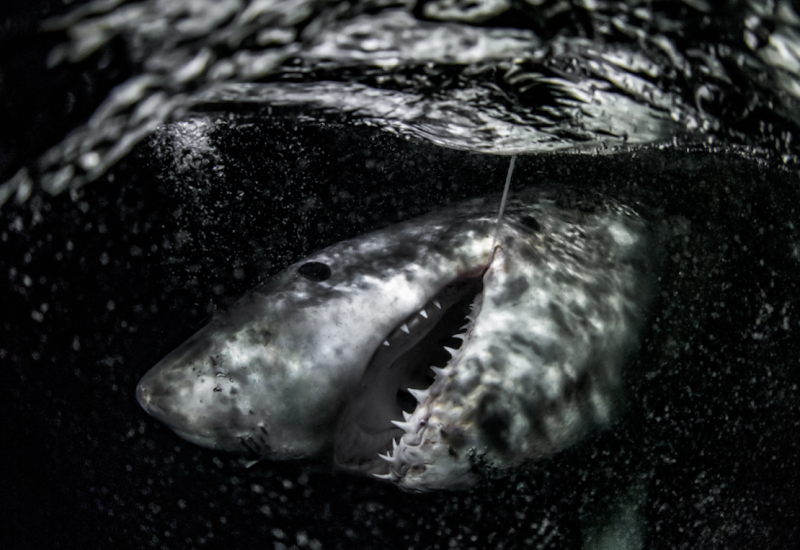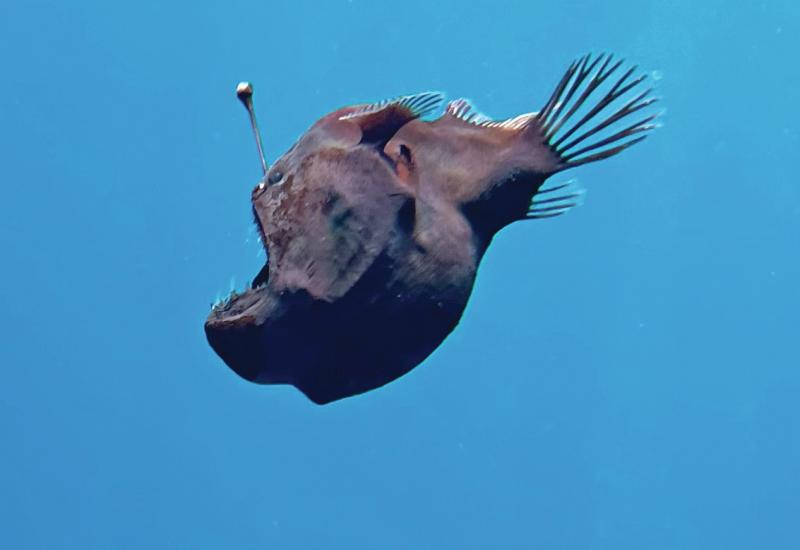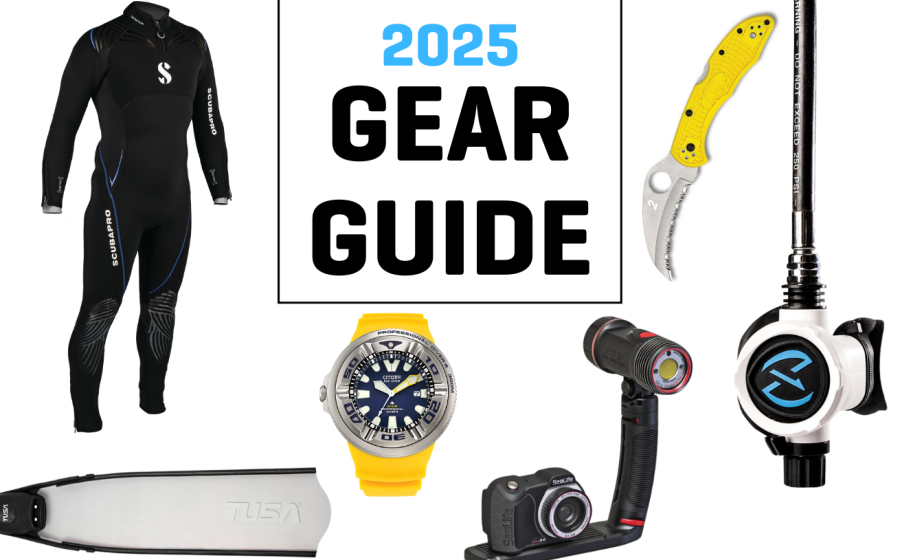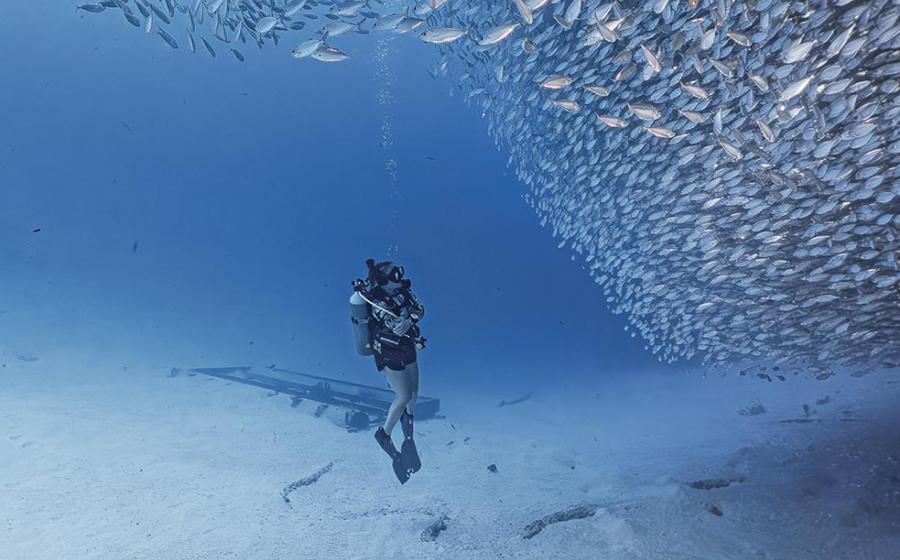Gallery: Marine Animal Eggs

Greg PiperYellow-headed jawfish
I shot this yellow-headed jawfish in Grand Cayman at an amazing dive site called Killer Pillar. One of the last sites in the Cayman Islands with pillar coral, this is a great site for macro. I dive it 5 to 8 times a year, and have seen no fewer than 200 jawfish. Truly one of Grand Cayman’s best.
Related Reading: What It's Like to Be an Octopus Researcher
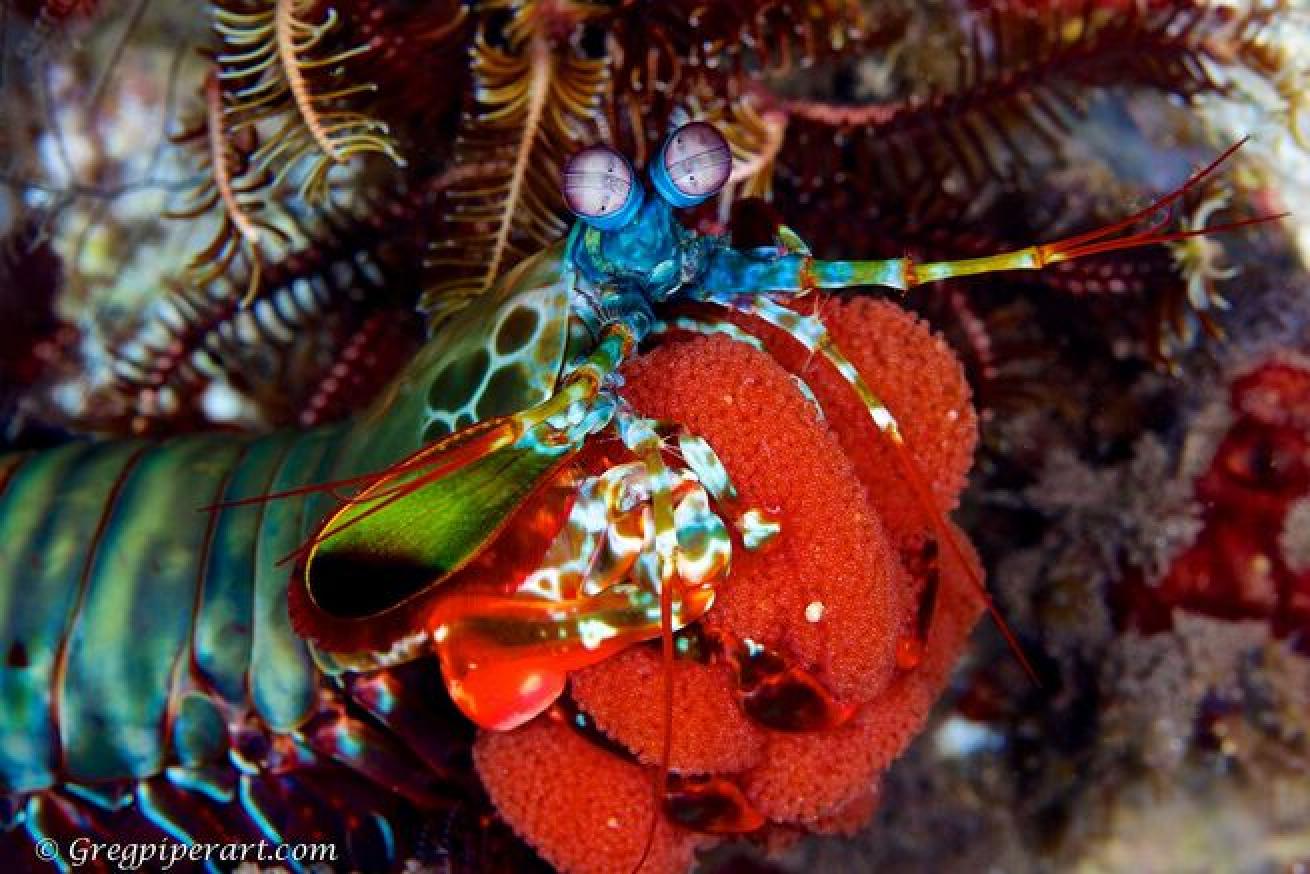
Greg PiperPeacock Mantis Shrimp
A peacock mantis shrimp with eggs in Tulamben, Bali. This magnificent and naturally curious creature is one of my all-time favorites. No need to molest her by jamming a muck stick into her home; she will come out and say hello if you’re patient. Even with eggs, this photogenic creature can often be seen cruising the sandy bottom between patches of coral.
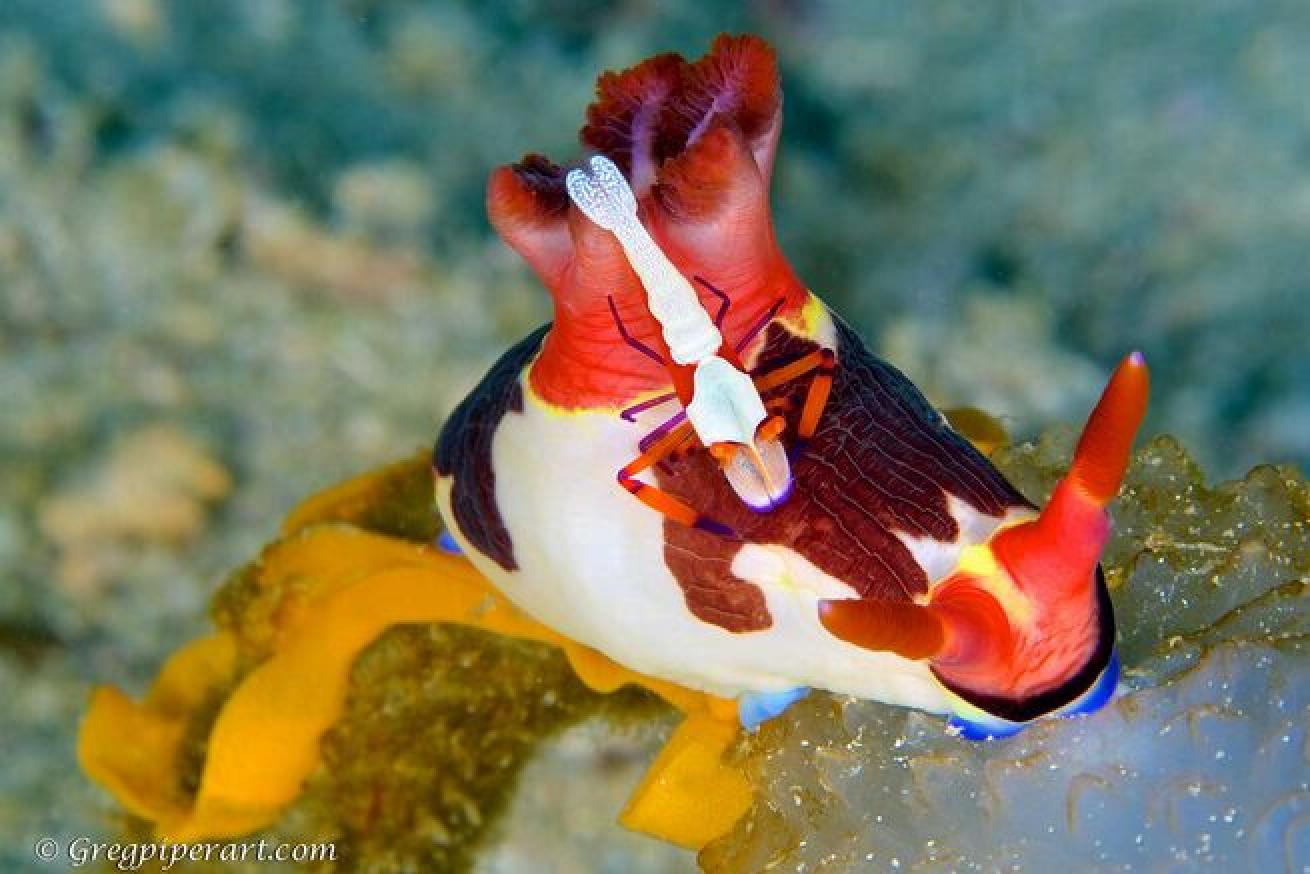
Greg PiperChamberlains Nembrotha nudi
Chamberlains Nembrotha nudi gently weaves her eggs while giving a free ride to an emperor shrimp, which appears to simply hang out and supervise the event. I shot this at a dive site in Komodo called Walnilu, a gently sloping sandy bottom, dotted with soft corals, garbage and creatures galore.
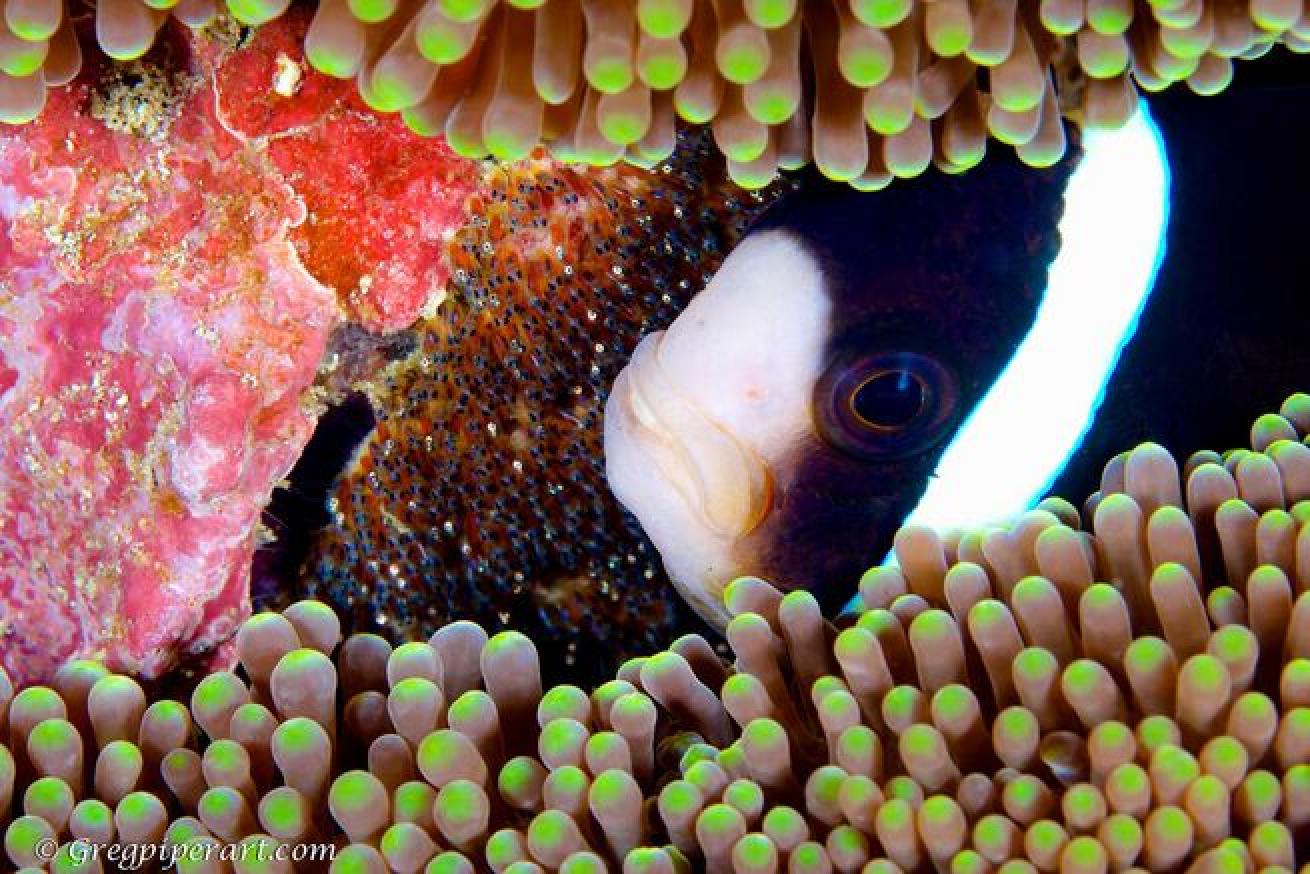
Greg PiperSebae anemonefish
This Sebae anemonefish is keeping watch over her eggs at Sabang Bay, Puerto Galera, Philippines. Located across the bay from Anilao, this gem of an area boast the best muck diving outside of Lembeh, Indonesia.
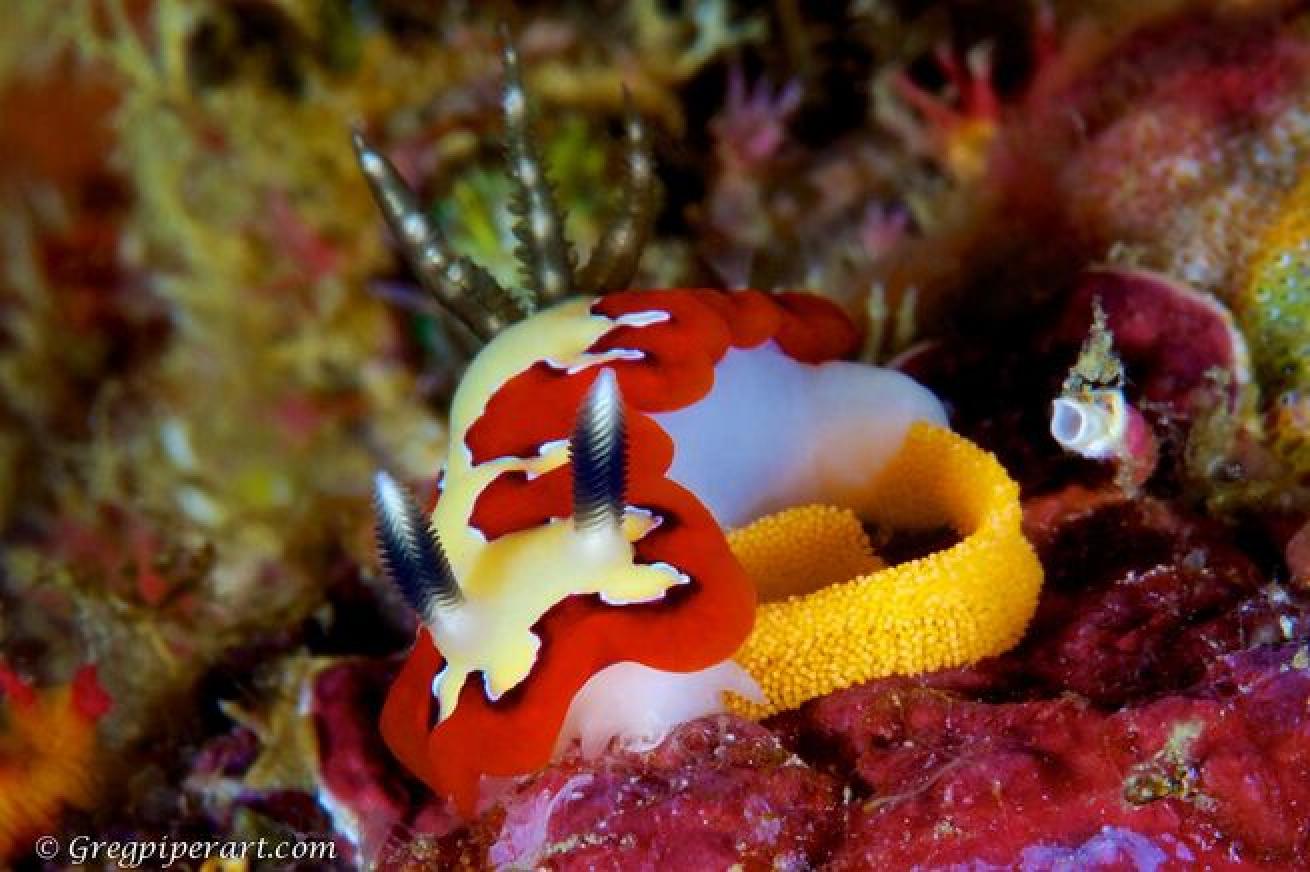
Greg PiperCreamy Chromodoris
Check out this Creamy Chromodoris, weaving her delicate bull’s eye of babies on the house reef in Wakatobi, Indonesia. There’s great critter diving here, as well as pristine coral in a setting unlike any on the planet today.
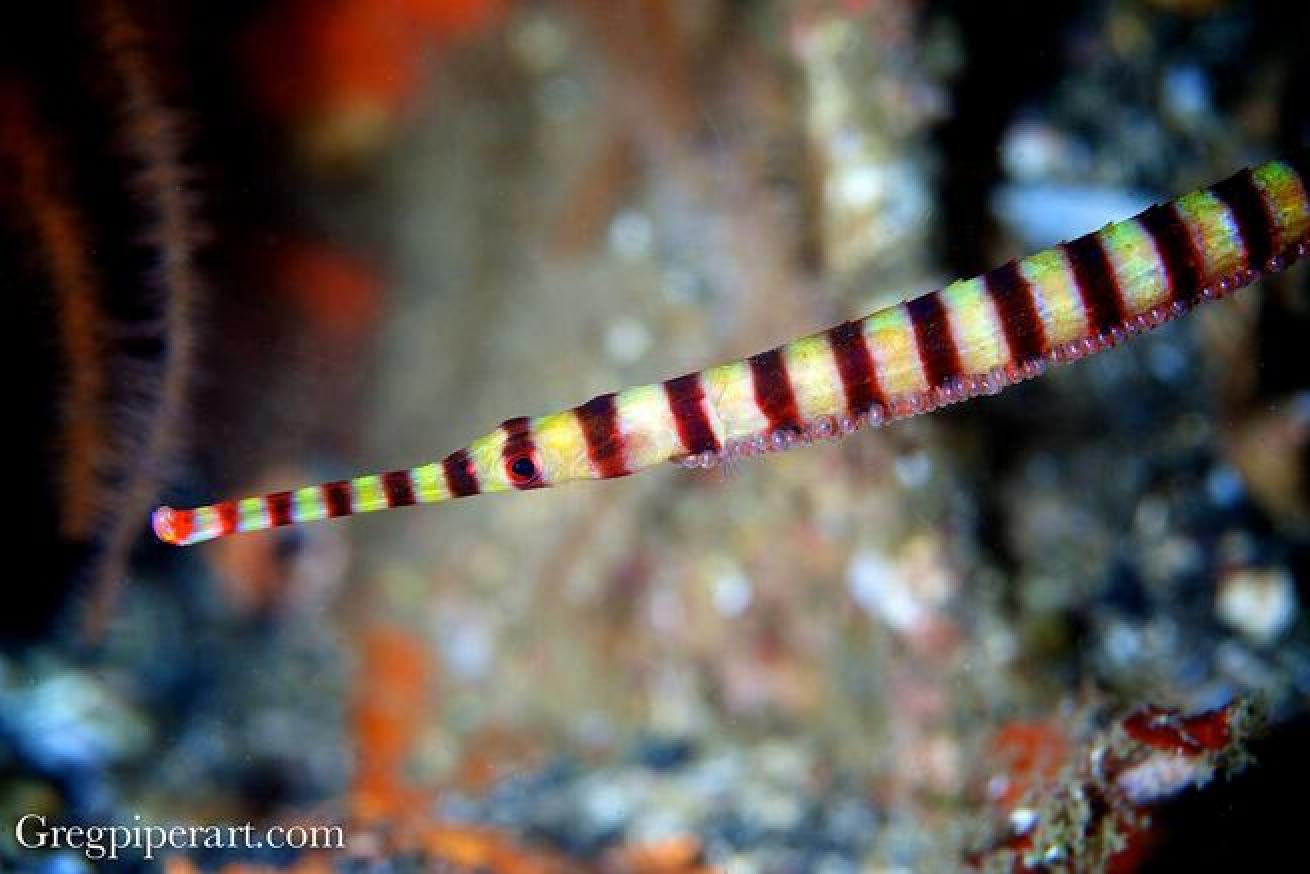
Greg PiperRinged pipefish
A ringed pipefish with her eggs cruises the trash underneath a home in less than 6 feet of water on Police Pier in Lembeh Straight. Diving in Lembeh is simply a matter of having to see to believe in terms of weird, wonderful creatures in the muck.
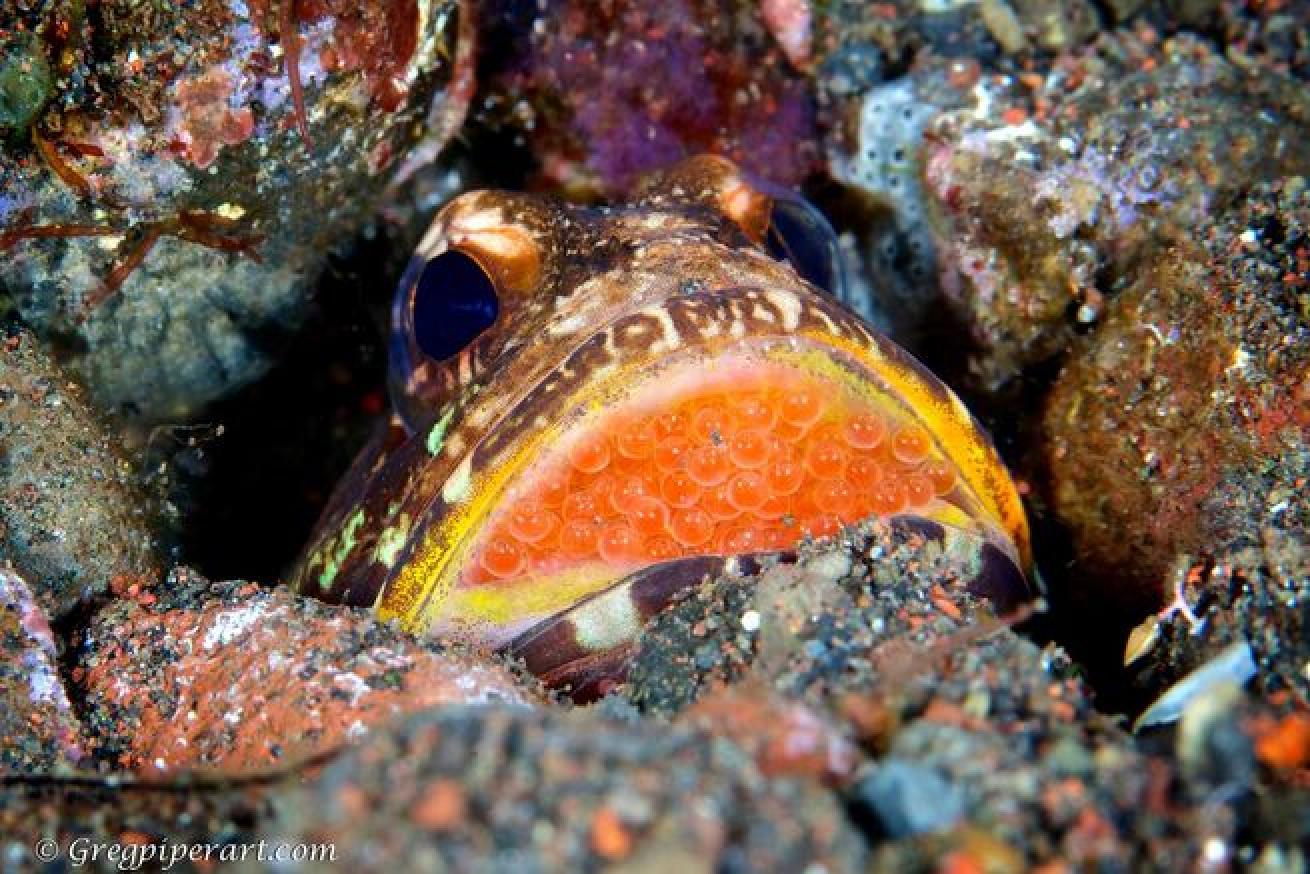
Greg PiperYellow-barred jawfish
A yellow-barred jawfish in the sand off the Liberty wreck in Tulamben, Bali, proudly displays his eggs. Although the wreck is the signature attraction in this area, the sand around it holds countless treasures. Dive this site early in the morning: splash at 7:30 and have it all to yourself, and watch as dozens of other divers descend while you’re on your safety stop.
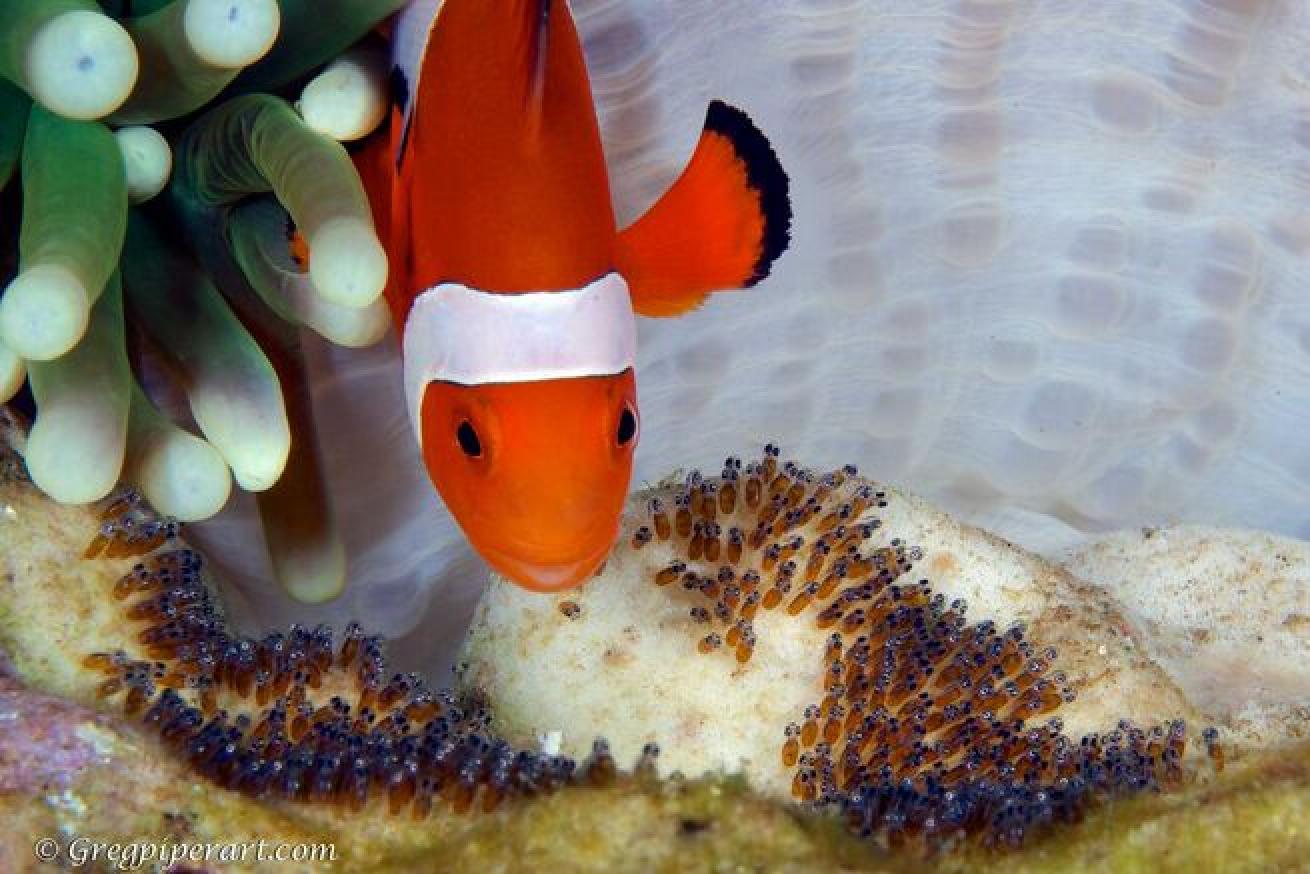
Greg PiperFalse clownfish
A false clown anemone fish attends to her in Dumaguete, Philippines. This is black-sand critter diving at its best and is a must visit for any serious macro photographer.
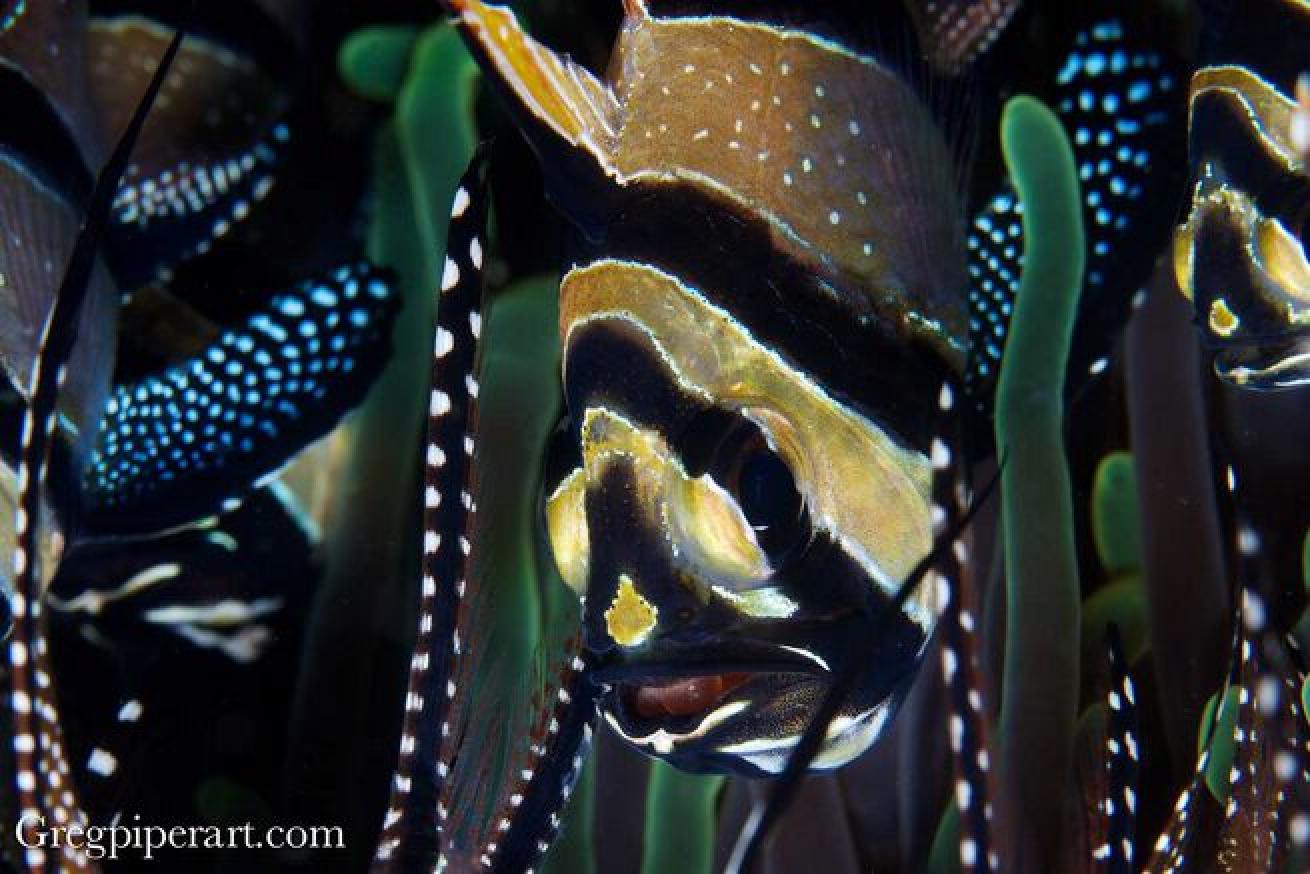
Greg PiperBanggai cardinalfish
A Banggai cardinalfish, this one on Police Pier in Lembeh Straight, has proven to be the hardest proud parent to shoot in my career. The male, who holds the eggs, places himself in the center of the group and always turns away from divers, making a good shot almost impossible. I spent an entire dive waiting for him to spit them out but he never did.
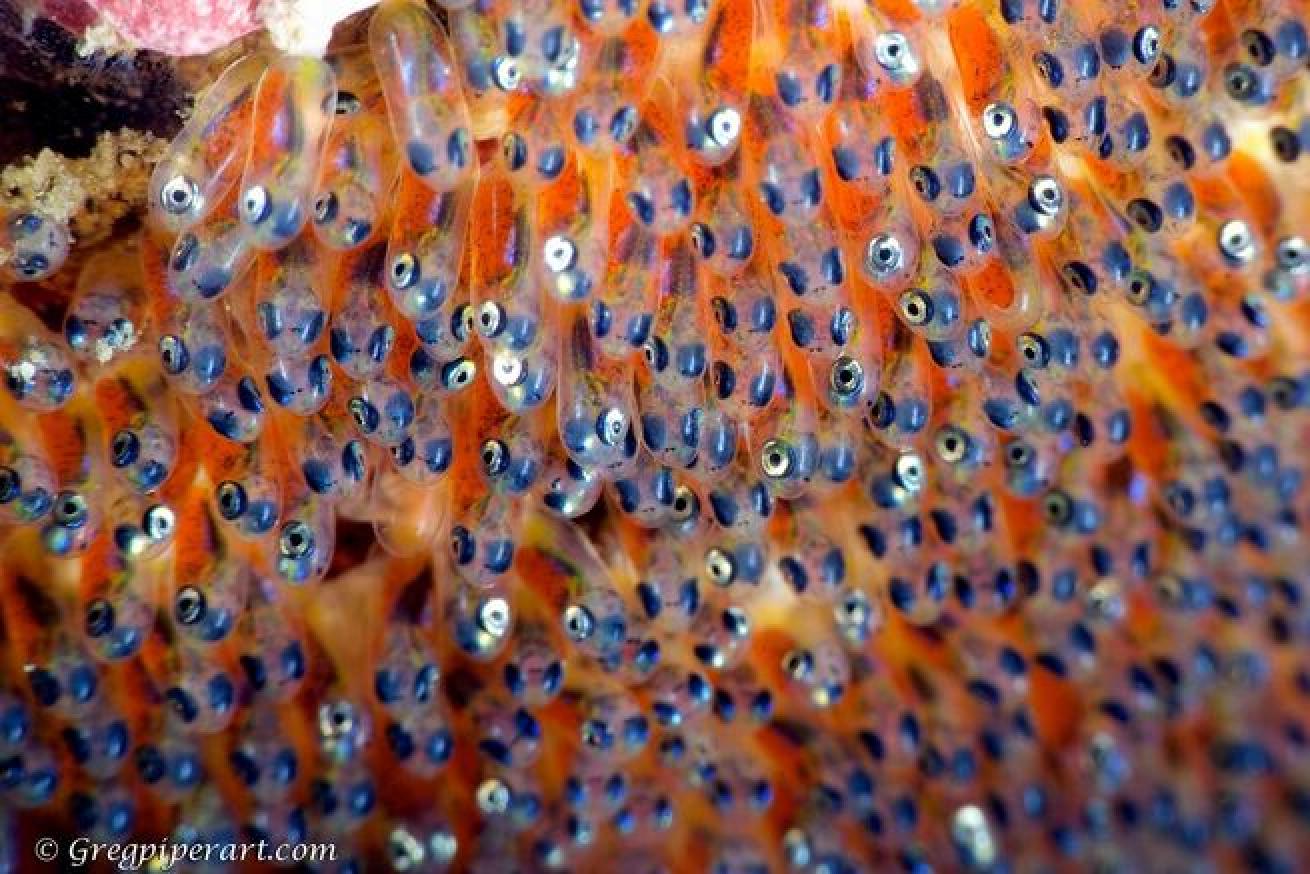
Greg PiperClown anemonefish eggs
Here we’ve got clown anemonefish eggs on the edge of the house reef pier in about six feet of water at Wakatobi, Indonesia. At low tide they are only 3 feet under the surface, so this makes a good snorkel spot as well.
One of my favorite things to shoot is super macro — specifically, eggs. I’m always amazed at the behavior of marine animals when it comes to their eggs; the manner in which they lay them, protect them and, most of all, how full our oceans would be if all of those little eggs managed to survive the journey to adulthood. Imagine having to swim through a thick school of sergeant majors while trying to descend to the Kittiwake, or a blanket of Nemos on your way over the wall at Wakatobi — actually, that sounds pretty good.
The two main concerns when it comes to photographing these tiny subjects are how to find them and, once you do, how to shoot them. Finding eggs takes skill and an understanding of a species’ behavior. For instance, by observing how a clownfish acts you can discern right away if it is guarding eggs. I’ve got jawfish behavior down to a science, so much so that I’ve never ventured into the water at Grand Cayman without finding at least one with eggs, any time of the year. Their breeding behavior is so specific that it’s easy for a trained diver to find them. Always spend time talking to your guides about specific species’ behavior, and pay attention to how your guide acts, where he looks and how he finds subjects. Your dive should start long before you enter the water if you want to increase your odds of spotting these species with eggs.
Related Reading: 6 Animal Encounters to Add to Your Bucket List
Love ocean creatures as much as we do? Visit the Marine Life section of our website.
Shooting anything underwater begins with the most important rule: do not touch it or disturb it. Respect for the environment and the animal should always come before the shot — never, ever disturb the eggs. Try a shallow depth of field on large, flat groups of eggs and avoid pointing your strobes directly onto the eggs to reduce glare. I find a 100 mm macro, along with a Nauticam SMC, will provide you with the tools you need to get those small details in focus and produce amazing results. Be calm and understand that when shooting sergeant major or clownfish eggs that the proud parents are coming after you — so be prepared for a few nibbles or bites. Learn to use a muck stick to properly steady yourself and prevent any touching of the reef.
Also be sure to use a rig you can control; I watch far too many small divers with huge cameras crashing into everything. If you cannot hold your rig with one hand, then consider more floats, larger buoyancy arms, or a smaller set up. Hold yourself responsible for your behavior under the water and treat the animals’ environment like you would expect a guest to treat your home.

